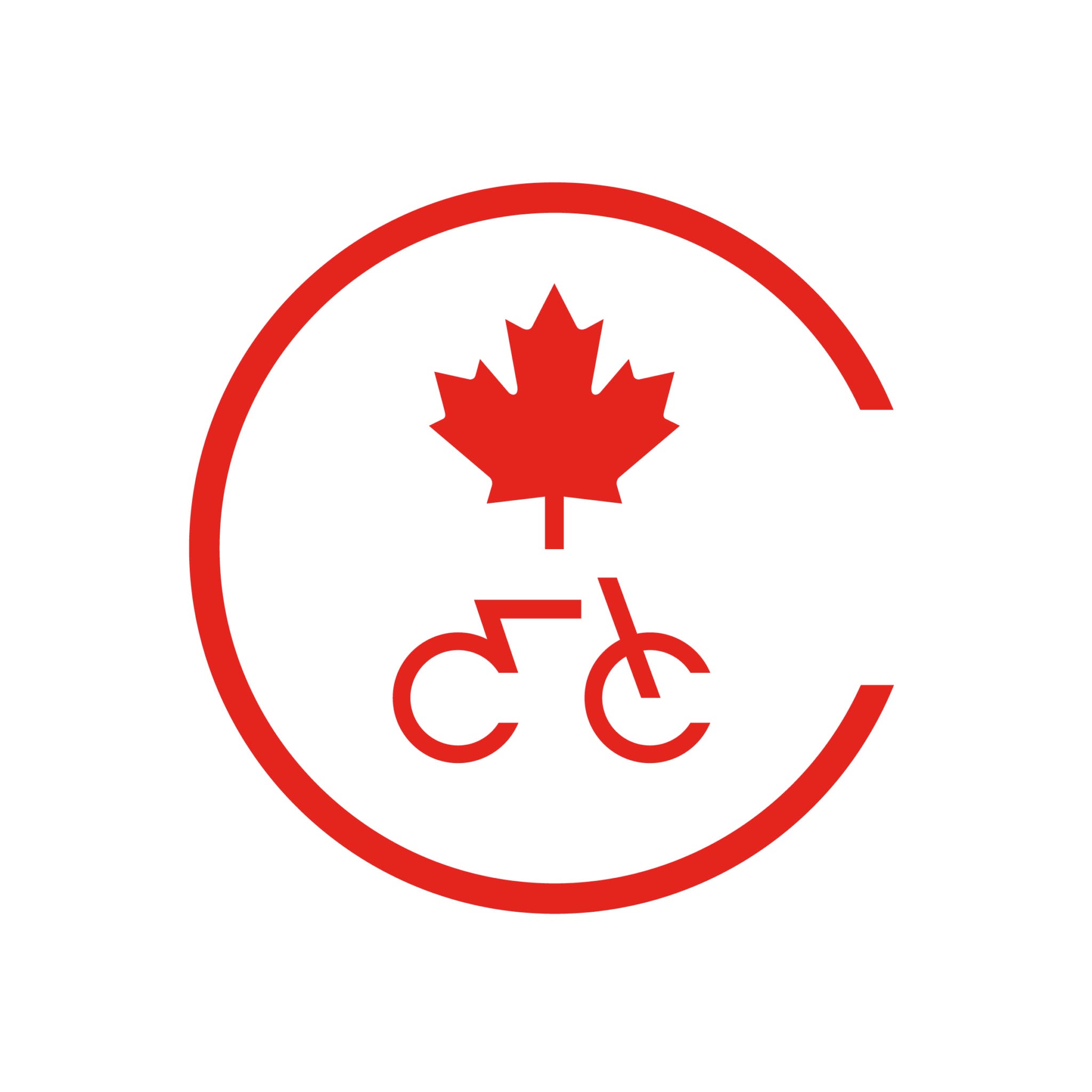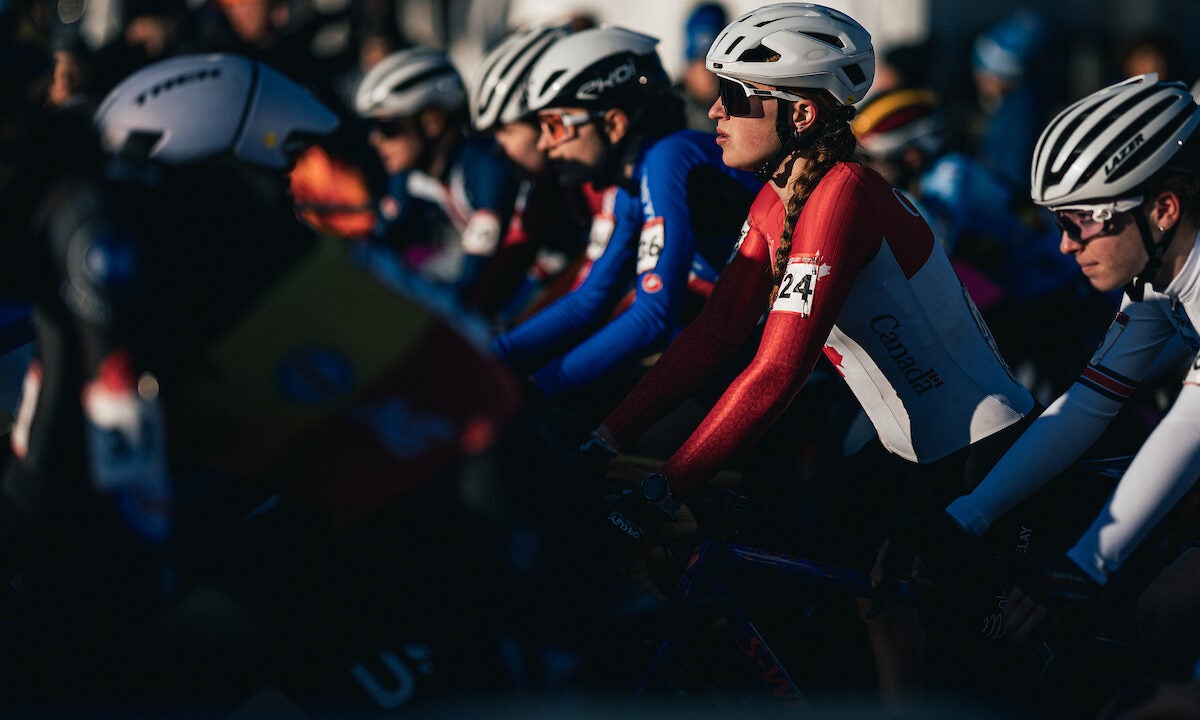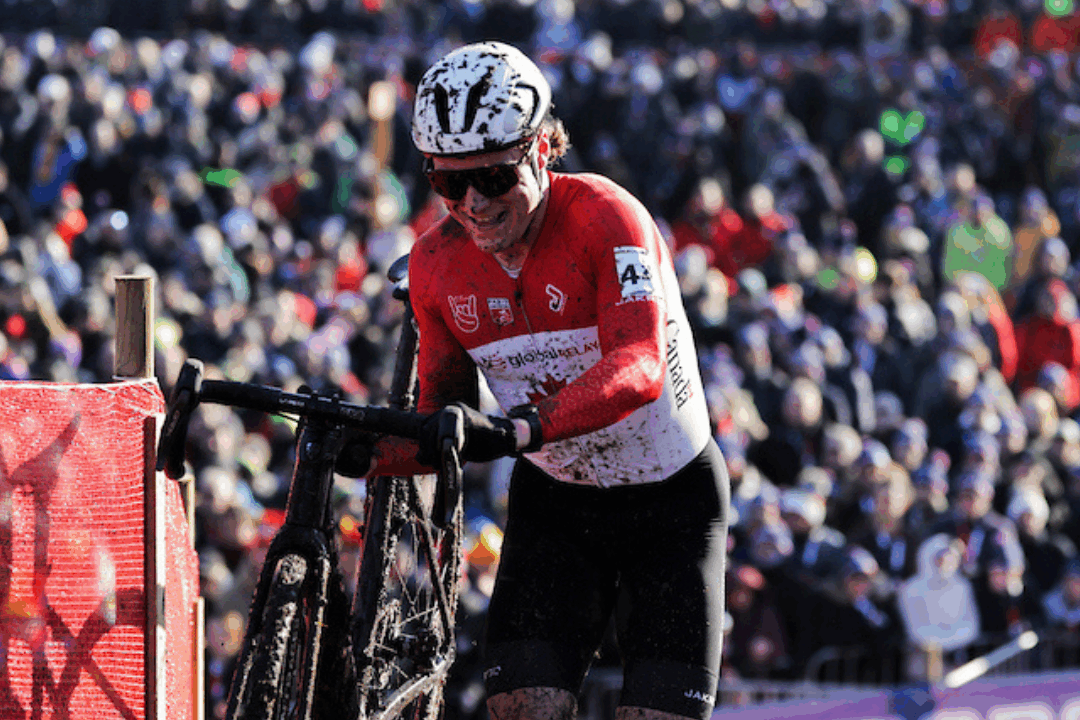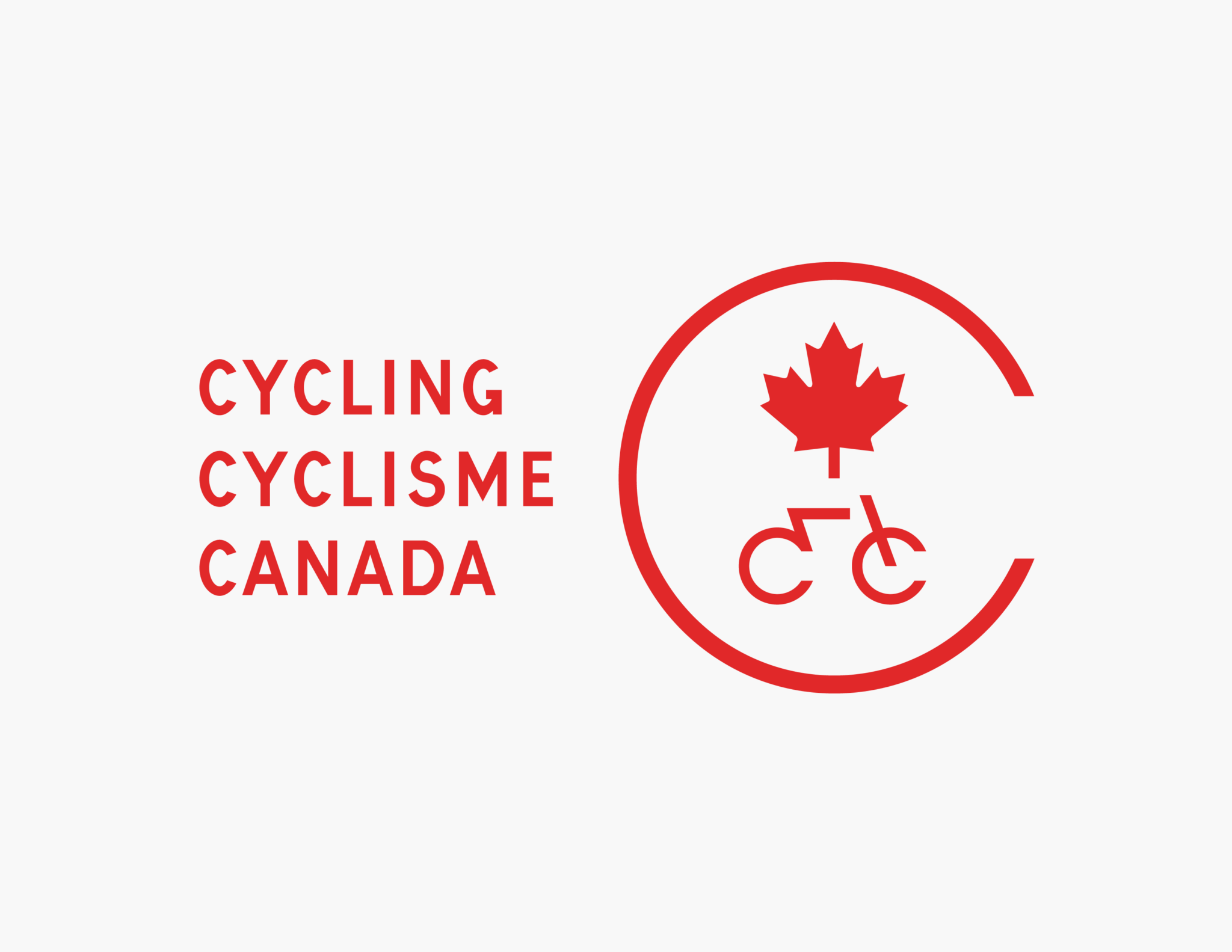The Canadian Women’s Track Endurance (WTE) program has been the most consistently successful high performance program for Canada since 2010. The Team Pursuit squad has won bronze medals in the past two Olympic Games, and has been on the podium at every world championships since 2012, with three bronze and two silver medals (including a silver medal in 2016). In the individual events, Canadian riders have won three world titles and multiple silver and bronze medals, including two silver and one bronze medal at the 2016 world championships.
Craig Griffin, the Women’s Track Endurance Coach, sat down to discuss the WTE program as it begins the new four year cycle leading into Tokyo.
“Right now we are really just ‘putting the band back together’,” explains Griffin. “It was such a big mental and physical effort to get to Rio and to put athletes on the podium. It takes a lot of mental and physical commitment, and with that there has to be time for everyone – athletes and staff – to relax and unwind. So it has been a time of reflection; looking at what worked and what didn’t. Who might be around for the next four years and who might not be; kind of let the dust settle and start to rebuild.”
“Immediately post-Rio we really didn’t know what athletes would be coming back. I was thinking maybe 50% of them would come back, but it looks like the majority of them are interested in continuing for the next four years. With that said, we have to take a slow and calculated approach with the athletes so that they are mentally and physically ready in four years’ time. That gives us a chance to invest in our NextGen program and athletes, and build that part of our program.”
However, Griffin says that this is also a chance for athletes and the program to try other events, rather than just focusing on the Team Pursuit.
“The Olympic events will always be priority, and so the Omnium, in its new format, and the Team Pursuit will be the priority. That being said, there are opportunities with the Madison, the Individual Pursuit, the Points Race and the Scratch Race. Those are all events that we are going to create opportunities for, and allow the existing athletes in the program to spread their wings a bit on the track, and have some fun with. Give them some more freedom within the program.”
“In addition, most of the riders have signed with professional road teams for 2017, and we are giving them the opportunity to race with those teams and take more of a road focus once Track Worlds are done. It’s something that they were never able to do in the years leading into the Games. We have some very accomplished riders that have not yet fully developed as road riders, so I think the next couple of years are going to be a great opportunity for those riders to develop into better road athletes, and better athletes in general, before, hopefully, they turn their attention back to the track as we start to prepare for Tokyo.”
“It does fit well with what we are doing. We have the Commonwealth Games next year and, with that, it is going to be similar to the [2015] Pan Am Games, where the majority of the team will be track riders. We’ll have a few road riders, but everyone will have the opportunity to do the road race [at the Commonwealth Games]. It’s a nice time for our athletes, I think, because they can get to race as individuals a bit more. Now they can have the opportunity to grow as a cyclist and not just a team pursuiter.”
While Canada has had great success in reaching the podium, Griffin recognizes that the goal is still to move up from bronze to silver and, hopefully, gold in Tokyo.
“It’s going to take a really good plan. When I look back at where we were four years ago, our programming at Cycling Canada, our staffing, the system we are building wasn’t even in place. We had a couple of coaches and a physiologist and that’s about it. Now we have a full complement of staff, and we have our NextGen program underneath that.”
“We’ve probably tripled our staff and our infrastructure to support the athletes and to build the program; that’s the first thing, you’ve got to find the right people, build the program and build the system. We started that process in the last quad and we are going to continue to build on that. We have a lot of experience now and we have a lot more knowledge within our athletes, within our coaching staff, within our science people. Just the knowledge that we have acquired and are gaining along the way will be the biggest performance enhancer for our athletes.”
“We are always on the lookout for new athletes; we are always going to look for that Georgia Simmerling [who joined the program leading into Rio], but we started the last quad with two athletes from the Olympic team and lost one along the way and took one [Jasmin Duehring] to Rio. So, we found and developed four or five really good athletes along the way. I have pretty high hopes that we can develop at least two or three more to that point, and continue to build the ones that we have, to the next level.”




